12 Rarest Horse Breeds in the World
As is popularly documented, horses have been around for forever. They can be traced back to ancient civilisations being constantly used by humans throughout history for many different purposes. Today, however, many of these horse breeds are joining the vast list of animals which are considered endangered species and could soon be wiped out within a generation. Despite conservation efforts and legal protections some of these breeds are still struggling to survive in the 21st Century. Here, we have listed twelve of the most endangered horse breeds that are still around today (for now).
.
1. The Canadian Horse
.

.
The national horse of Canada is a beautiful breed that dates back over 350 years from when King Louis XIV of France sent a shipload of horses over to his subjects in New France in 1665.These were all likely a mix of different breeds that mixed together to eventually form what is known as the Canadian horse today. These horses are used today mainly for racing and showjumping and are a strong, sturdy and resilient horse breed known for their jumping ability and speed. Today the breed is still struggling to repopulate after almost being wiped out entirely during the US Civil War due to being used in combat. There are currently around 6,000 registered Canadian horses worldwide but are in danger of extinction with a mere 150-500 new registrations a year.
.
2. Akhal-Teke Horse
.
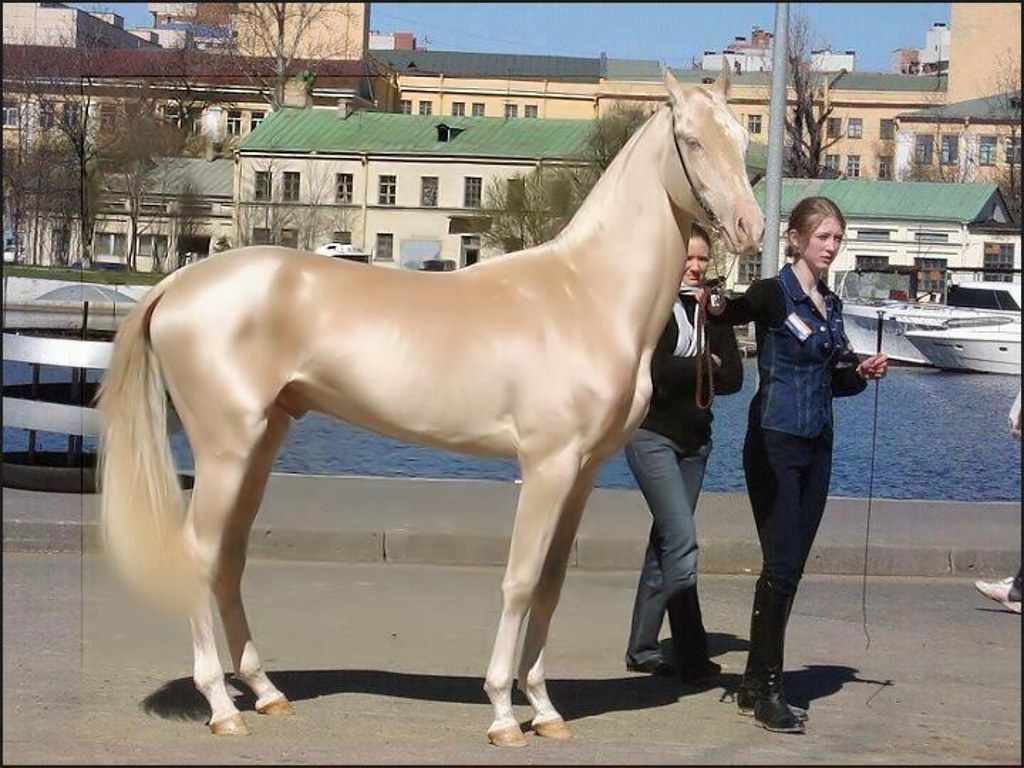
.
The Akhal-Teke horse is considered to be one of the most beautiful horse breeds in the world due to it's metallic-like shine to it's fur, giving this breed the appearance of golden and bronze statues almost. In Turkmenistan, this breed is the national horse breed and there is even known as 'the golden horse'. This breed developed in response to the desertification of Central Asia and was used by nomadic tribes to travel long distances. Whilst this is already a fairly rare breed, the population of these horses is threatened due to factors such as inbreeding within the population.
.
3. Dales Pony
.

.
The Dales Pony is a breed whose ties relate back to the north of England and were popularly used during the height of lead mining, helping to carry ore from the mines to ports in the North Sea. Today they are more commonly used for recreational riding due to being pretty fast and considered a stylish trotter. Unfortunately, due to the decline in lead mining in the UK, these gorgeous horses have faced an ever-dwindling population, with less than 300 left in the UK and less than 5,000 worldwide, putting them in 'critical status'.
.
4. The Suffolk Punch Horse
.

.
The Suffolk Punch horse is a type of heavy-draught horse that can be traced all the way back to 1768. This breed was commonly used for working the land or carting goods due to having strong legs and a very muscular build and were very popular before World War One. Since then, the mechanisation of agriculture has left the numbers of this breed of horse to dwindle down to less than 300 in the UK, putting them in a 'critical' state and making them more endangered than the Giant Panda.
.
5. The Cleveland Bay Horse
.

.
The oldest breed of horse in England, the Cleveland Bay horse dates back to before records began. Originally called the Chapmen horse, its current moniker comes from the breed's popularity in the Cleveland district of Yorkshire as well as their colour. Initially these horses were used for carrying goods due to being strong and muscular before finding a new use as carriage driving horses, set by Queen Elizabeth I. Unfortunately, the numbers of this breed have gone down dramatically, leaving less than 300 in the UK. Queen Elizabeth II is helping to revive the breed in popularity slightly, but this breed is still classed as endangered.
.
6. Newfoundland Pony
.
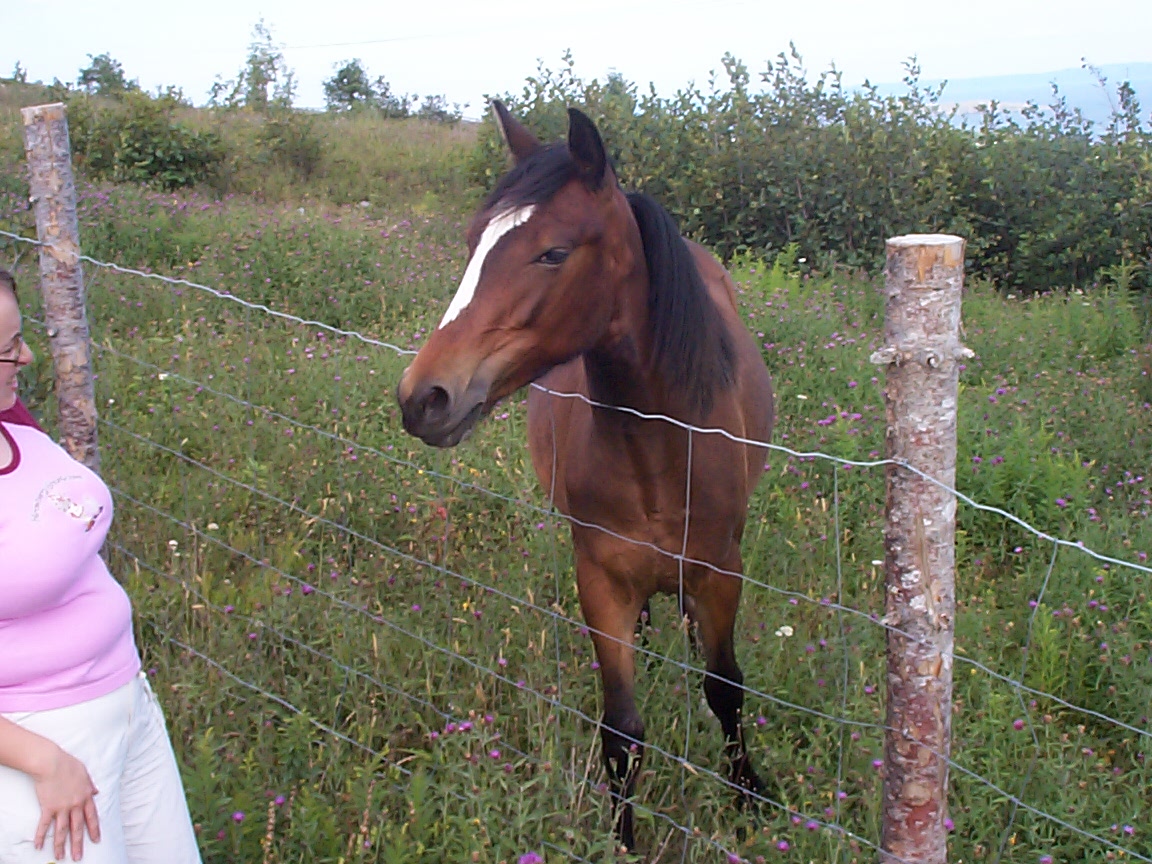
.
This breed of horses found in the Newfoundland and Labrador province of Canada actually originate from a mix of English, Irish and Scottish breeds that were transported overseas with Western settlers in the area. These horses were a popular type of work horse due to being strong and muscular but today are mostly used as family horses for riding and shown at horse shows. This breed is critically endangered and the worldwide population of this breed is between only 200-250 altogether! Due to its endangered status, this horse is now protected under Newfoundland and Labrador law for its protection.
.
7. The American Cream Horse
.
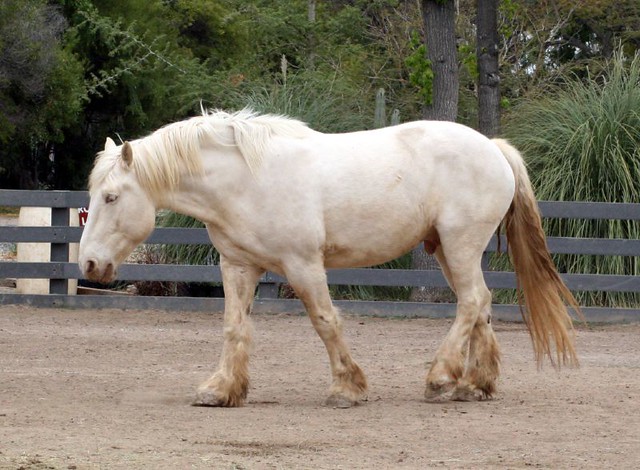
.
The American Cream horse is very distinctive in terms of appearance with its absolutely gorgeous champagne/cream coloured coat and amber eyes. Its beautiful appearance, however, hasn't stopped them from becoming endangered as agriculture became more mechanised over the 20th century. Part of the reason for the downfall in population was the fact they were only developed at the beginning of the 20th century, coinciding with changing farming habits, leaving us with a worldwide population of less than 2,000. Being the only draft breed horse native to the United States, it is important this breed is protected!
.
8. Eriskay Pony
.

.
Originally known as the Western Isle Ponies, this lovely breed is native to the Hebridian Islands in Scotland and are known for their calm temperament and how well adapted they are to the harsh, cold conditions in the far north of the UK. These ponies were, and arguably still are, very important to the islanders, being used to carry seaweed, pull carts and even take children to school. Nowadays the amount of these beautiful creatures has fallen to less than 300. They are making a comeback, however, due to conservation efforts and their use in equine therapy.
.
9. The Caspian Horse
.
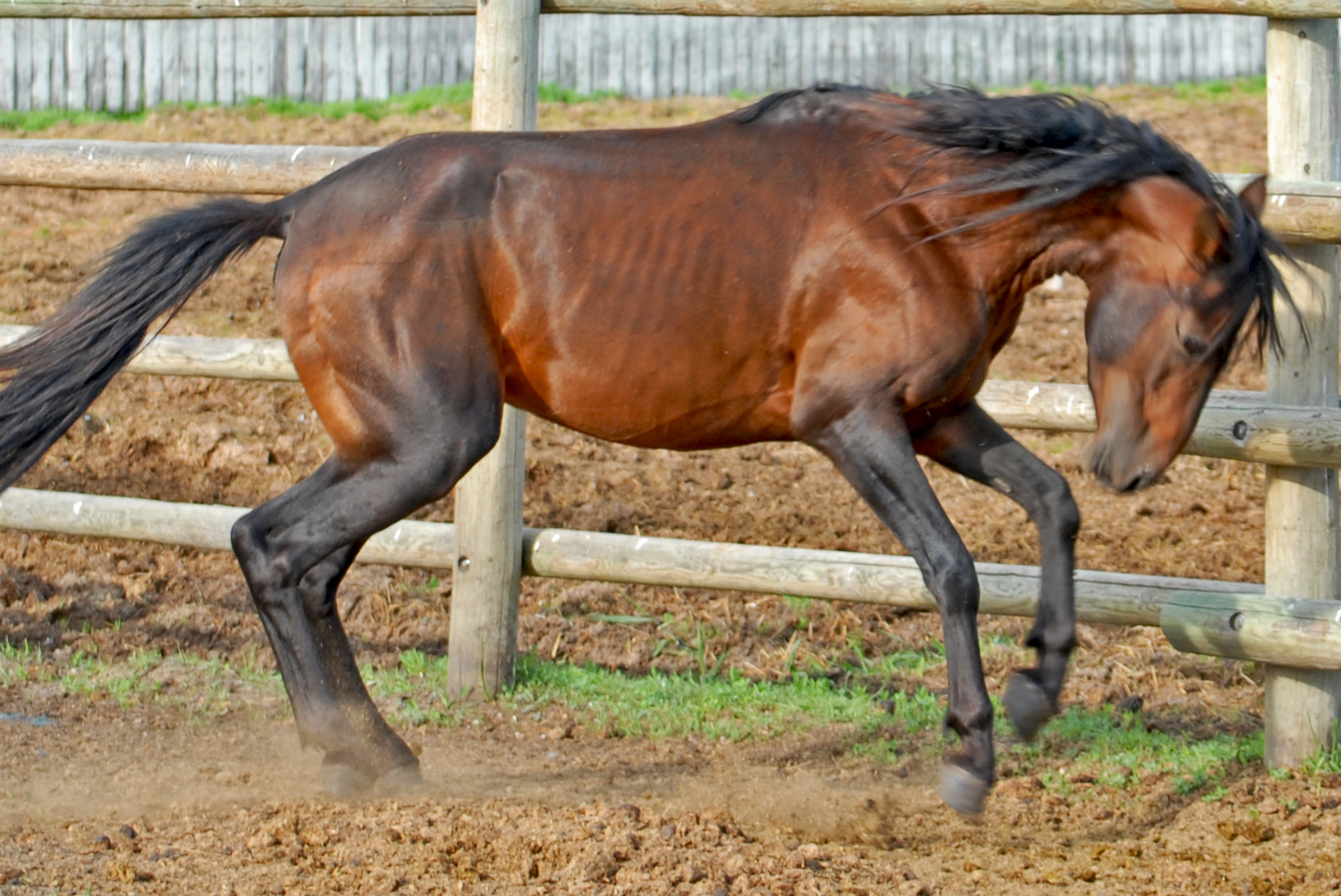
.
This ancient breed of horse has been found in art works that date back to around 3000 B.C making them one of the world's oldest horse breeds that are still around today. This horse is considered a national treasure in Iran where the breed originates from and was actually considered extinct for 1,300 years until a couple of researchers discovered some living in the wild in Iran in 1965. Due to conservation efforts their numbers are steadily rising but they are still considered one of the rarest horse breeds around today.
.
10. The Hackney Horse
.
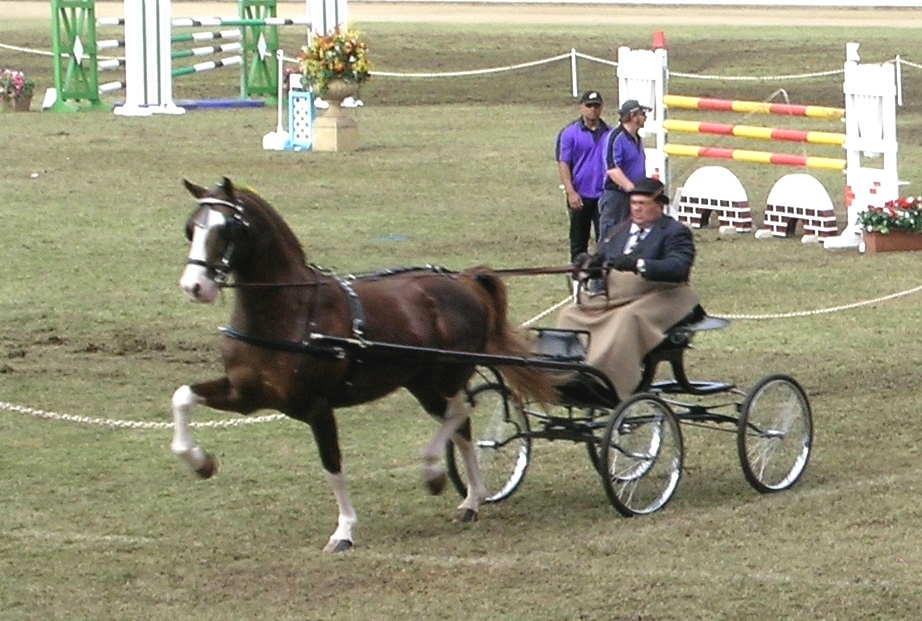
.
This elegant breed is famous for its athleticism, ability to trot at impressive speeds for long periods of time, and are known as 'the ballerinas of the show ring' due to how well they perform in showjumping and dressage. Developed in the 14th century in Norfolk UK, their purpose was pulling carriages and they quickly became a status symbol for the rich and wealthy. They eventually were used for harness racing in the 19th century but fell out of fashion when horse requirements made this breed unfavourable. Today the Hackney breed population is in a 'critical' state with fewer than 300 left.
.
11. Highland Pony
.
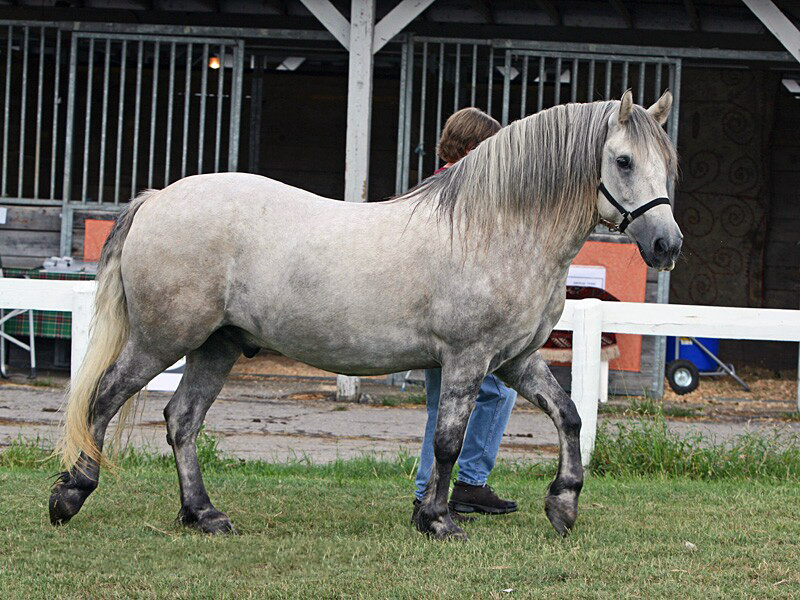
.
The Highland pony is a native horse breed to Scotland and is known for being a sturdy and economically viable horse to keep. These ponies are characterised by their double thick coat and long flowing manes that help to keep them warm even in the coldest of weather. These ponies have been used for a variety of purposes over time including general farm work, driving and for military use. Though they are still used in areas of the highlands inaccessible to machines they are not as popular as they used to be and as a result their numbers have fallen to between 500-900.
.
12. The Shire Horse
.

.
Named as 'working class heroes' in the UK, these horses are considered quintessentially British and have served many uses throughout their history, including general farm work, military use, rubbish collection, and even pulling royal carriages. Their placid temperament and strong build have inspired many and served as inspirations for 'War Horse' as well as George Orwell's novel 'Animal Farm'. Today they are considered critically endangered with warnings that they could soon disappear altogether from Britain within the next 10 years if they are not duly protected.
.
If you don't want to see these beautiful creatures disappear from the face of the planet, have a look into joining a conservation society or providing donations to help further their work to protect these beautiful, rare breeds.
